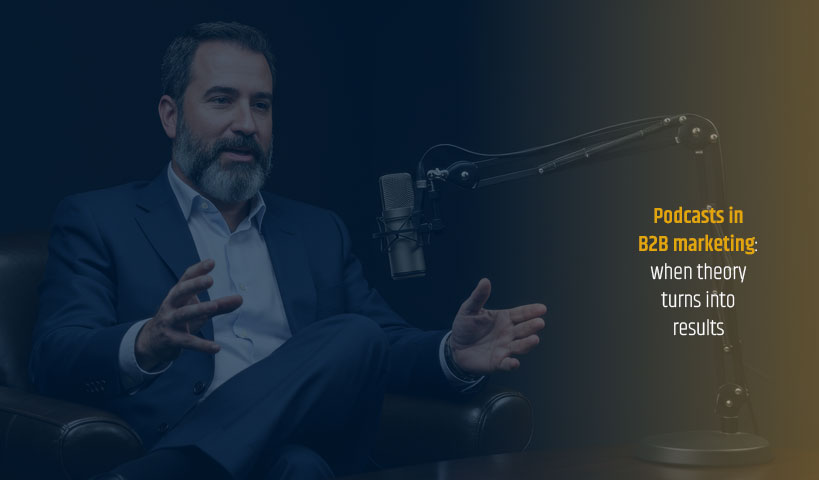
As professionals or companies engaged in a Business-to-Business (B2B) marketing process, there is something we should ask ourselves when we publish a blog post, a case study, or a white paper. How do we make sure that what we publish doesn’t just look authentic but, actually is?
In this era of post-truths, marketing is not immune to multiple attempts at misinformation aimed at potential customers. Some fake companies and agencies, or improvised experts and fake social accounts are always trying to make a “quick buck”.
So how do you sort out the Big Data of content marketing? How do you ensure that the content you designed and prepared with great care for publication is not lost in the mass of fake and useless blogs?
That’s no easy task. Even the SEO can be manipulated and hacked to look legit. And, while we already knew about data scraping, we are now facing the fact that our own data can be manipulated as well. That includes the personal data we accumulate in our databases about our audiences and customers. But also the data about what we are as a company and, therefore, our digital DNA, including our content…
Government initiatives such as the GDPR (General Data Proteciton Regulations, which took effect on May 25th), are aimed at the protection of personal information in Europe but will affect us too because who doesn’t have, in their customer database or “prospects”, addresses from Ireland, France or Germany? So, yes it starts with the databases but, the content will soon follow… Already with current attempts of political manipulation, everything shared on social networks, blogs and traditional media and even on some corporate websites, has become suspicious and therefore, in the sight of legislators.
In short, in this content marketing jungle, turned infobese, where the supply far exceeds the demand (see our eBook on the subject) and, where the real flows alongside the fake, we all seek the miracle solution, the providential, unsoiled, totally believable niche.

Taken from Mark Schaefer’s blog post on Content Schock
Is there a recipe for authentic marketing content?
I searched and found several blogs on the subject, including one written by Christine Viera of the B2B Marketing Academy and several others who constantly come back to the basics of marketing and communication.
- Know your clientele
- Know their motivations and needs
- Design a content marketing strategy to meet these needs
- Show that you have the expertise to do it
- Design authentic content based on your own experience
- Showcase and engage employees
- Be authentic by telling your story and sharing your expertise
- Demonstrate leadership
- Publish content on a regular basis
- Target the right channels of communication
- Build a relationship based on trust
As Mrs. Viera mentions, B2B companies have a major advantage in having less but sometimes bigger customers. The service, sales, products and marketing team have a much more “intimate” relationship with customers and that’s a good thing. These are all opportunities to build trust. Given this, we must not hesitate to be transparent and to tell the history of the company at the same time as we expose its expertise and show how employees are key.
Nowadays, we hear a lot about H2H or, human to human. That marketing is, first and foremost, a relationship story of trust between two individuals or two companies. This story must be transmitted and sustained in the long term. It could be by content strategy based on transparency, authenticity and informed leadership, that engages the commitment of both clients and influencers, as well as experts who will showcase the company content on the web and beyond.
Under these conditions only, can content then be successfully propagated in the traditional channels of content marketing.
I’ll leave you with an excerpt from a text by Tim Hughes on the marketing of B2B content:
“Gone are the days where a brand could stand on top of a building and shout. We now want engagement, a conversation, to belong. Again, none of this is new, we have wanted engagement, a conversation and wanted to belong since we formed tribes in Africa. We also want people to be human (not automated bots). The biggest thing that brands have now, is not the brand, it’s the people (your friends and my friends) who work there. The challenge is activating that and breaking away from the need to advertise and pitch”.
Want to know more about the topic? We invite you to contact us so we can assist you in your content strategy.





